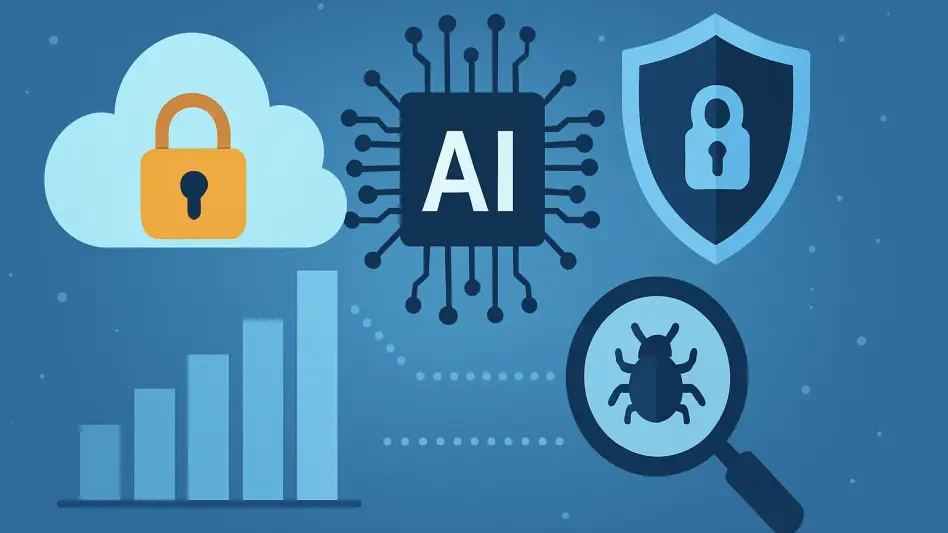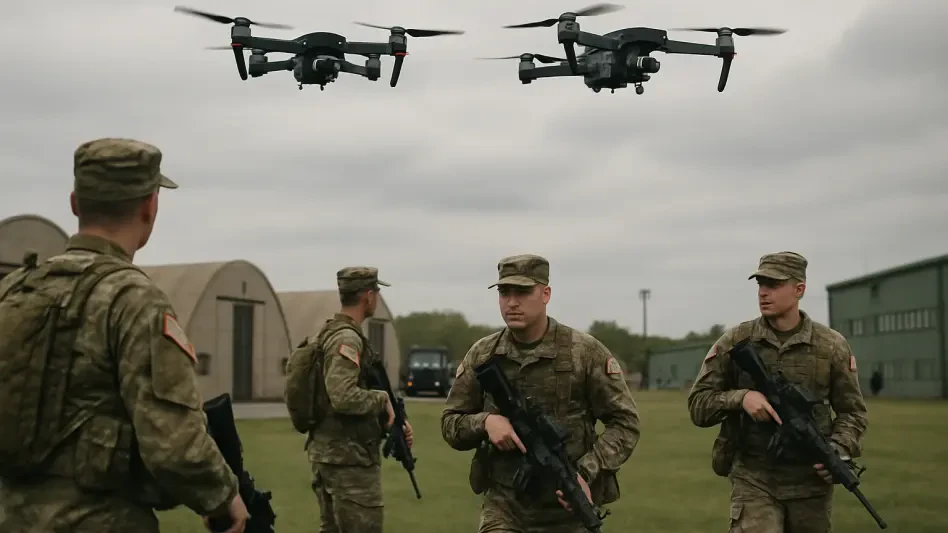In recent years, cloud security has become a critical issue for businesses globally, with AI-driven threats posing unprecedented challenges to infrastructure protection. The evolution of AI-powered attacks has significantly transformed the landscape of cloud security, demanding innovative solutions to safeguard the integrity and confidentiality of data. As we delve into the current trends, expert insights, and forthcoming implications, it is crucial to understand the necessity for strategic actions and enhanced defensive measures.
Unveiling the Threat: AI-Powered Attacks
Emerging Data on AI-Driven Threats
Statistics depict a startling rise in AI-powered attacks, showcasing a trend that cybersecurity firms and industry surveys have been meticulously capturing. From 2025 onward, the sophistication and automation capabilities inherent in AI technologies have allowed attackers to breach cloud systems swiftly and efficiently. Reports indicate that these AI-driven attacks dramatically reduce the time required to compromise systems and extract valuable data, exerting mounting pressure on traditional security defenses.
Real-World Consequences and Vulnerabilities
The vulnerability of traditional defenses against AI-specific threats is becoming increasingly apparent in real-world scenarios. Instances of AI-driven attacks on cloud platforms highlight the inadequacy of conventional approaches such as firewalls and static scanning. Notable case studies underscore the threats posed by advanced methods like prompt injection, emphasizing the need for a shift towards more resilient security structures to combat these evolving challenges effectively.
Insights from Cybersecurity Experts
Sergej Epp, CISO at Sysdig, draws attention to the rise of “hackbots,” emphasizing their capability to exfiltrate data within mere minutes. Epp advocates for refocusing defensive efforts on securing foundational infrastructures through uninterrupted asset monitoring and the deployment of runtime security agents in every container. Intelligent filtering of telemetry data serves as an additional measure to enhance defense operations. Meanwhile, Srinivas Avasarala, Vice President of Product Management at Palo Alto Networks, stresses the significance of Cloud-Delivered Security Services. These services leverage real-time telemetry and global intelligence to significantly elevate security services against sophisticated threats originating from AI technologies.
Forecasting AI’s Future in Cloud Protection
As AI technologies continue to evolve, predictions suggest transformative effects on cloud security frameworks. While AI promises to enhance security measures by automating detection and response processes, it also introduces complexities in managing defenses. Industries must prepare for changes in regulatory landscapes, as the demand for real-time visibility and automation-enhanced security solutions intensifies. The potential benefits and challenges of AI adoption warrant careful consideration to leverage its capabilities effectively while minimizing risks.
Reflecting on Key Insights and Strategic Directions
Comprehensive analysis of the trend in AI-powered cloud security emphasizes the urgent need for organizations to adopt AI-enhanced security solutions to mitigate advancing threats. Enhanced visibility and rigorous defenses against AI-driven attacks are essential to ensure cloud infrastructure protection. As industries move forward, embracing real-time monitoring and robust, resilient security frameworks are necessary steps to fortify defenses against machine-speed threats, ultimately safeguarding sensitive data and maintaining secure operations across cloud environments.








